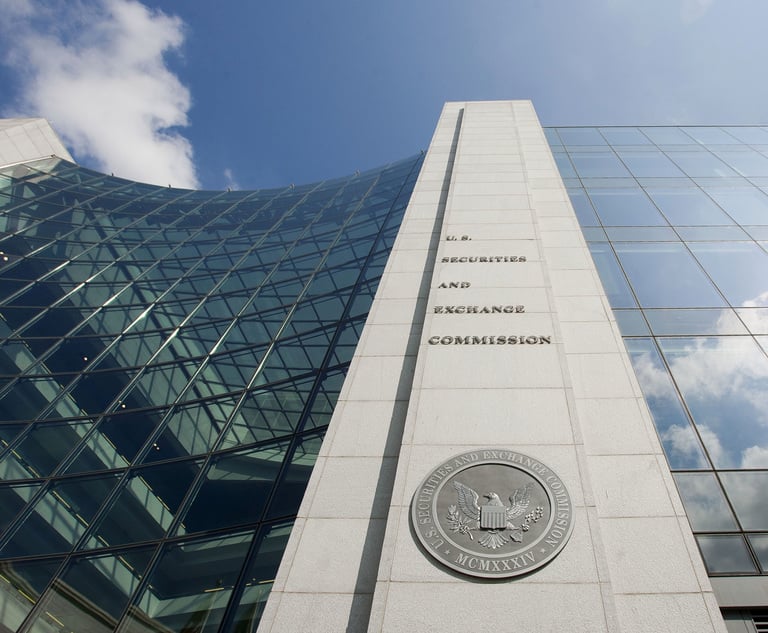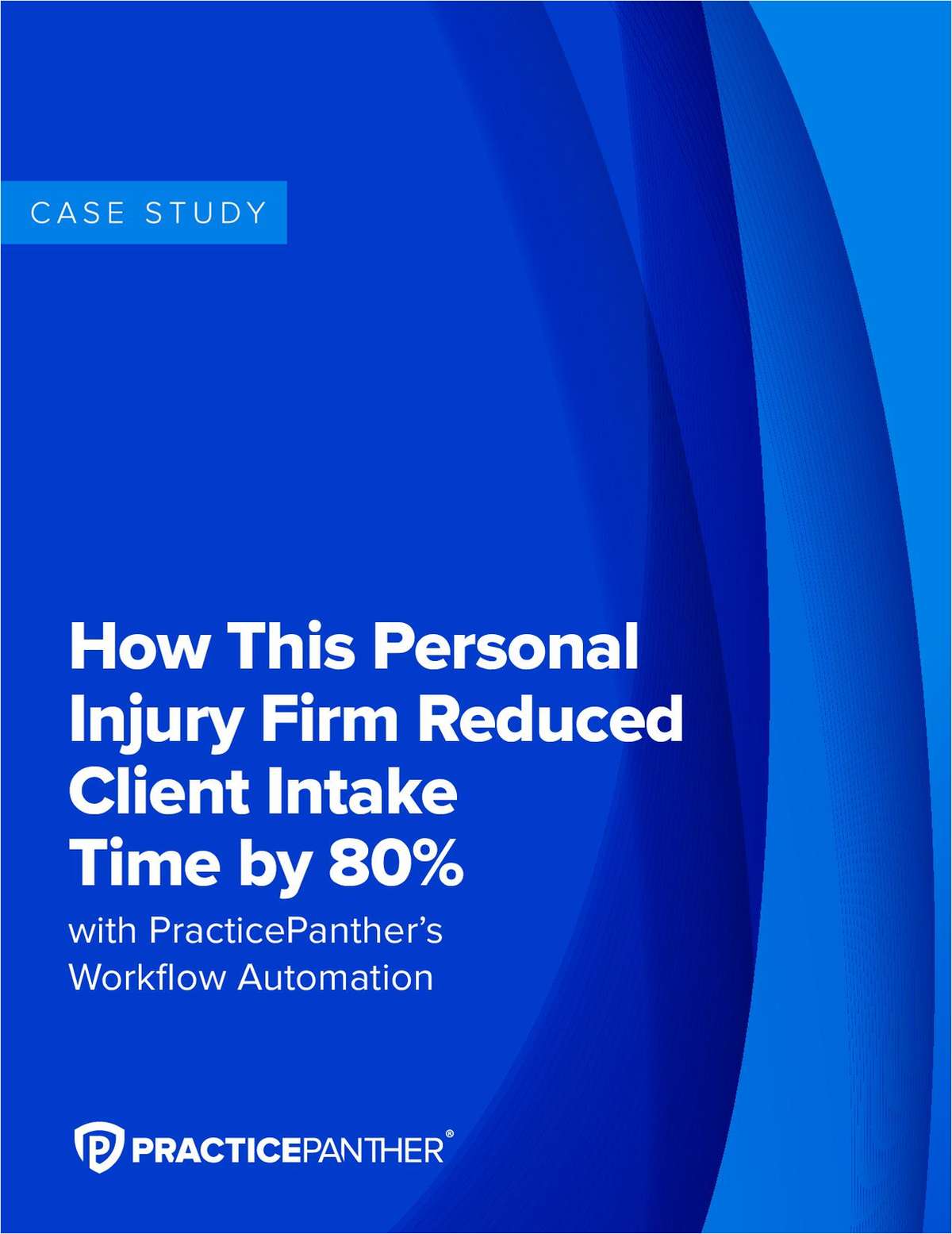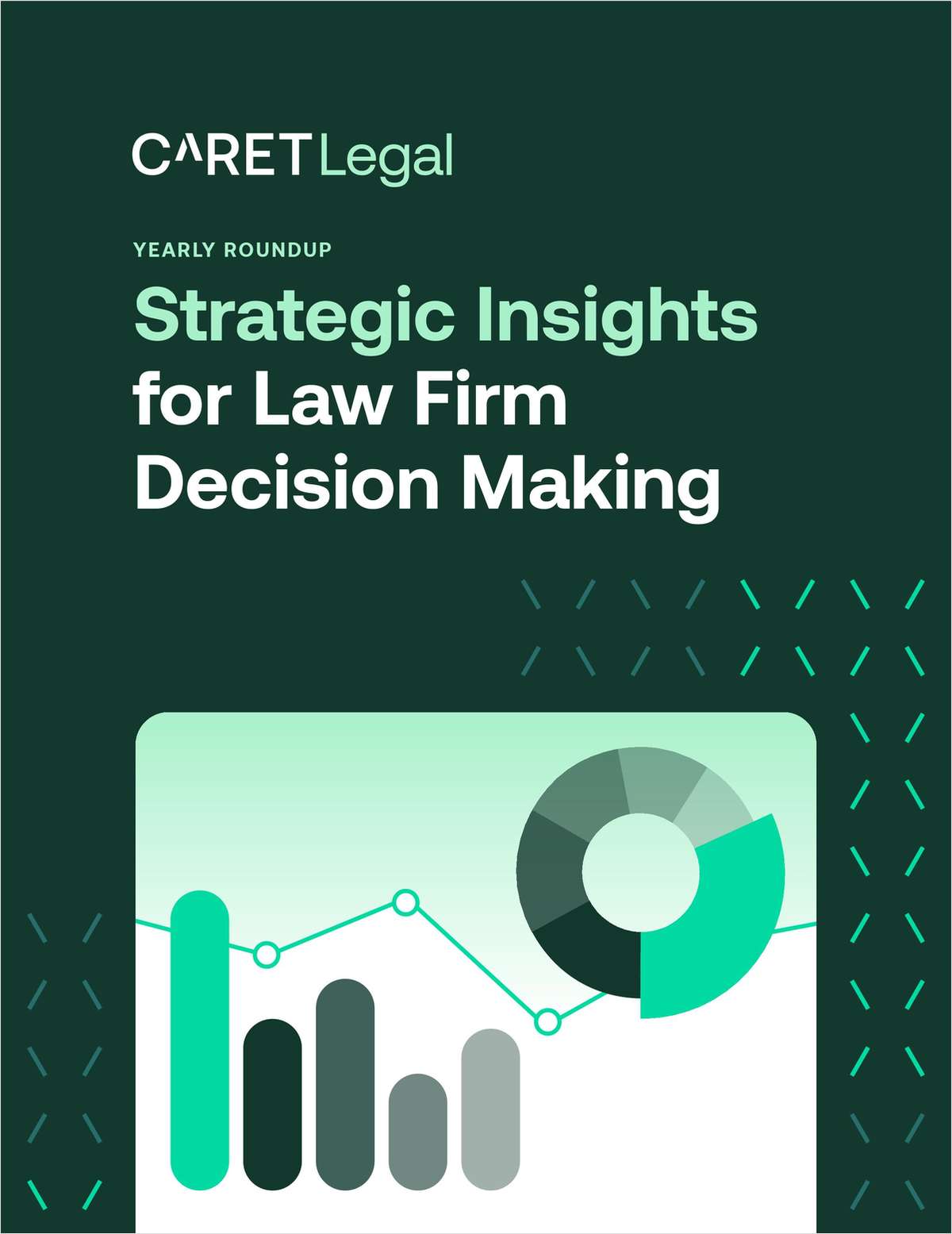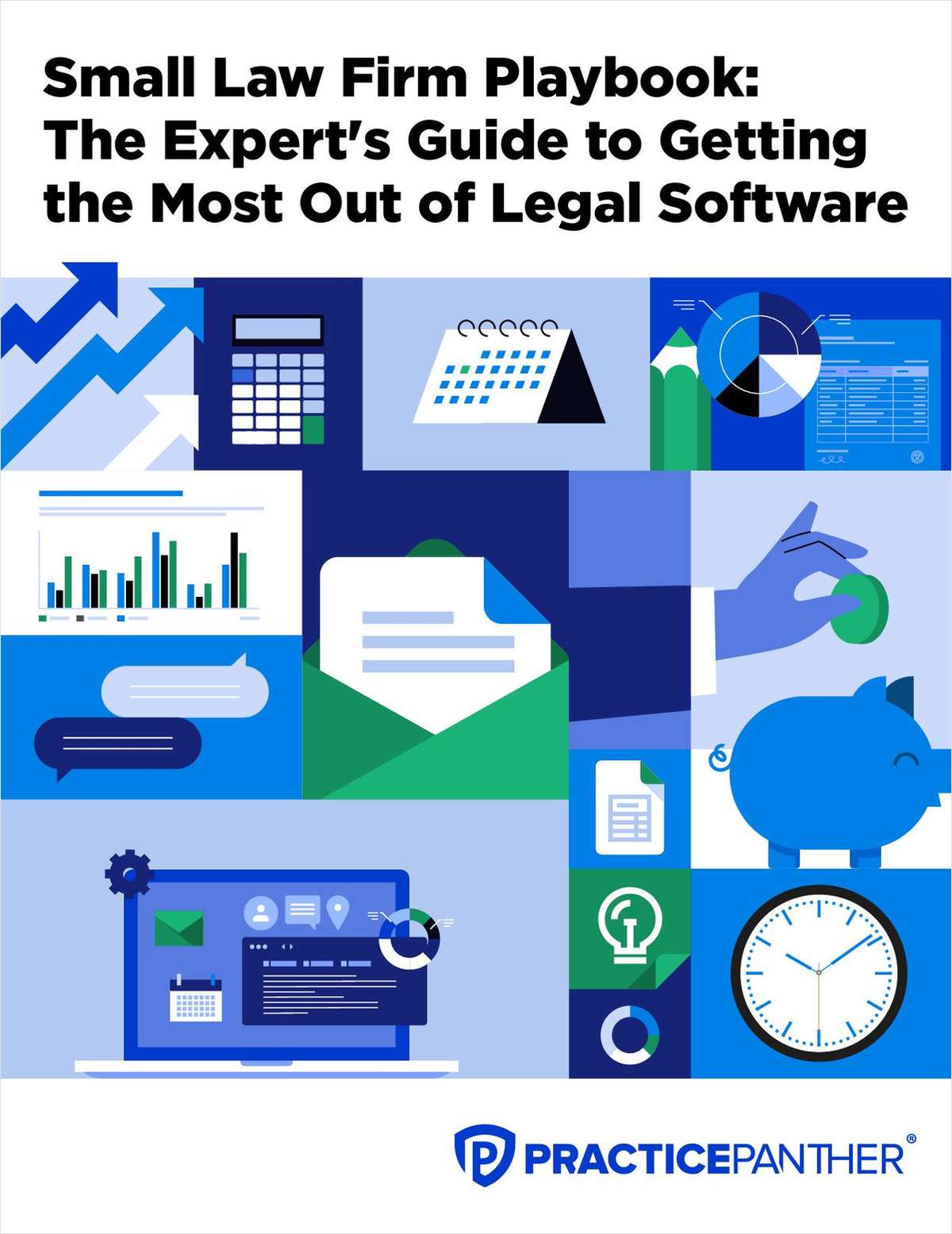 (l-r) Joel M. Cohen, Ladan Stewart and Robert DeNault of White & Case. Courtesy photos
(l-r) Joel M. Cohen, Ladan Stewart and Robert DeNault of White & Case. Courtesy photos Views From Two Trenches: Supreme Court Limits SEC's Ability to Use Internal Proceedings
Without its home-court advantage, the SEC will have to litigate its cases in federal court—a process that is more complex and resource-intensive. But the SEC has been preparing for this eventuality for years.
July 12, 2024 at 11:00 AM
9 minute read
In a major victory for the securities defense bar, the U.S. Supreme Court ruled last month that the Securities and Exchange Commission cannot force defendants facing fraud charges into administrative proceedings before the SEC's in-house judges. Though its contours will likely be litigated in the coming years, this ruling has effectively put a stop to the SEC's use of its in-house courts for most litigated enforcement actions. This landmark change in how the SEC can enforce the securities laws is the direct result of years of concerted efforts by the defense bar. Without its home-court advantage, the SEC will have to litigate its cases in federal court—a process that is more complex and resource-intensive. But the SEC has been preparing for this eventuality for years.
NOT FOR REPRINT
© 2024 ALM Global, LLC, All Rights Reserved. Request academic re-use from www.copyright.com. All other uses, submit a request to [email protected]. For more information visit Asset & Logo Licensing.
You Might Like
View All

SEC Penalizes Wells Fargo, LPL Financial $900,000 Each for Inaccurate Trading Data

Senate Panel Postpones Vote on Reconfirmation of Democrat Crenshaw to SEC

Law Firms Mentioned
Trending Stories
- 1Firms Saw Slight Declines From Last Year, but Merger Interest Remains High, Managing Partner Survey Reveals
- 2Medicaid Whistleblowers Awarded $37M Plus Interest
- 3Pfizer Faces Multiple Lawsuits Over Recalled Sickle-Cell Medication
- 4Top 10 Law Firm Videos to Produce in 2025
- 5Elizabeth Cooper of Simpson Thacher on Building Teams in a 'Relationship Business'
Who Got The Work
Michael G. Bongiorno, Andrew Scott Dulberg and Elizabeth E. Driscoll from Wilmer Cutler Pickering Hale and Dorr have stepped in to represent Symbotic Inc., an A.I.-enabled technology platform that focuses on increasing supply chain efficiency, and other defendants in a pending shareholder derivative lawsuit. The case, filed Oct. 2 in Massachusetts District Court by the Brown Law Firm on behalf of Stephen Austen, accuses certain officers and directors of misleading investors in regard to Symbotic's potential for margin growth by failing to disclose that the company was not equipped to timely deploy its systems or manage expenses through project delays. The case, assigned to U.S. District Judge Nathaniel M. Gorton, is 1:24-cv-12522, Austen v. Cohen et al.
Who Got The Work
Edmund Polubinski and Marie Killmond of Davis Polk & Wardwell have entered appearances for data platform software development company MongoDB and other defendants in a pending shareholder derivative lawsuit. The action, filed Oct. 7 in New York Southern District Court by the Brown Law Firm, accuses the company's directors and/or officers of falsely expressing confidence in the company’s restructuring of its sales incentive plan and downplaying the severity of decreases in its upfront commitments. The case is 1:24-cv-07594, Roy v. Ittycheria et al.
Who Got The Work
Amy O. Bruchs and Kurt F. Ellison of Michael Best & Friedrich have entered appearances for Epic Systems Corp. in a pending employment discrimination lawsuit. The suit was filed Sept. 7 in Wisconsin Western District Court by Levine Eisberner LLC and Siri & Glimstad on behalf of a project manager who claims that he was wrongfully terminated after applying for a religious exemption to the defendant's COVID-19 vaccine mandate. The case, assigned to U.S. Magistrate Judge Anita Marie Boor, is 3:24-cv-00630, Secker, Nathan v. Epic Systems Corporation.
Who Got The Work
David X. Sullivan, Thomas J. Finn and Gregory A. Hall from McCarter & English have entered appearances for Sunrun Installation Services in a pending civil rights lawsuit. The complaint was filed Sept. 4 in Connecticut District Court by attorney Robert M. Berke on behalf of former employee George Edward Steins, who was arrested and charged with employing an unregistered home improvement salesperson. The complaint alleges that had Sunrun informed the Connecticut Department of Consumer Protection that the plaintiff's employment had ended in 2017 and that he no longer held Sunrun's home improvement contractor license, he would not have been hit with charges, which were dismissed in May 2024. The case, assigned to U.S. District Judge Jeffrey A. Meyer, is 3:24-cv-01423, Steins v. Sunrun, Inc. et al.
Who Got The Work
Greenberg Traurig shareholder Joshua L. Raskin has entered an appearance for boohoo.com UK Ltd. in a pending patent infringement lawsuit. The suit, filed Sept. 3 in Texas Eastern District Court by Rozier Hardt McDonough on behalf of Alto Dynamics, asserts five patents related to an online shopping platform. The case, assigned to U.S. District Judge Rodney Gilstrap, is 2:24-cv-00719, Alto Dynamics, LLC v. boohoo.com UK Limited.
Featured Firms
Law Offices of Gary Martin Hays & Associates, P.C.
(470) 294-1674
Law Offices of Mark E. Salomone
(857) 444-6468
Smith & Hassler
(713) 739-1250










